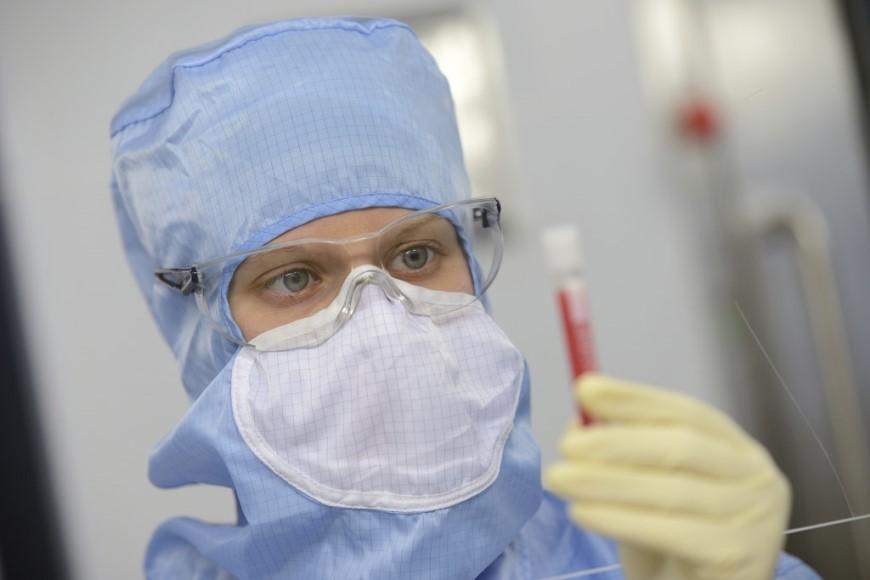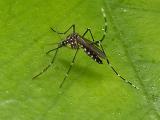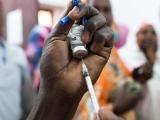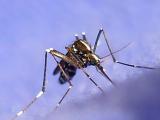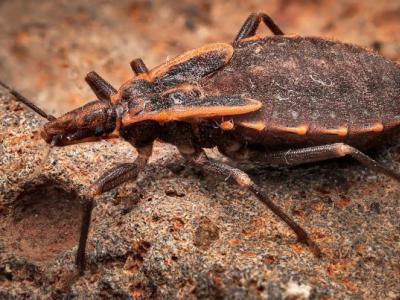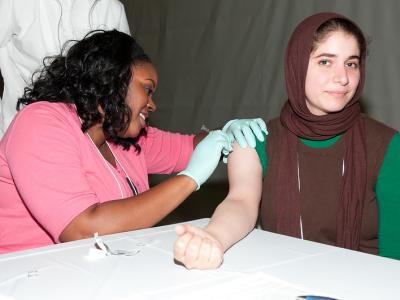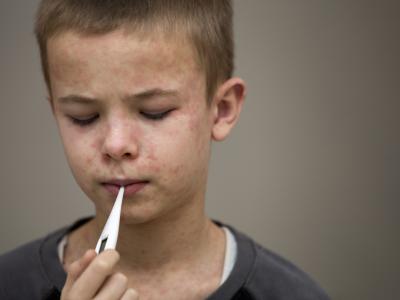Coordinated effort is required to boost production and improve stewardship of yellow fever vaccine as mass vaccination campaigns get under way in southern Africa, especially as the risk of outbreaks spurred by travel and vector density remains a global concern, a top World Health Organization (WHO) official said today.
Sylvie Briand, MD, PhD, MPH, director of the WHO's Department of Pandemic and Epidemic Diseases, said that, as of yesterday, yellow fever totals in Angola have reached 2,267 suspected and 696 confirmed cases and 292 deaths.
Speaking at a press conference in Geneva, Briand said that 41 cases have been confirmed in the Democratic Republic of Congo (DRC), about 90% of which were imported from Angola. A separate outbreak is occurring in rural areas of Uganda, and yellow fever cases imported from Angola have been reported in China and Kenya.
Challenges facing management of the three outbreaks and the WHO's role in stopping transmission include limited capacity to produce yellow fever vaccine and the likelihood that supplies will soon be exhausted, ongoing transmission of the disease in urban settings, and inconsistent enforcement of vaccination among travelers to and from southern Africa.
Vaccine shortages and production surge
Daniel Lucey, MD, MPH, and Lawrence O. Gostin, JD, of the O'Neill Institute for National and Global Health Law at Georgetown University Law Center, commented yesterday in the Journal of the American Medical Association (JAMA) on the need for greater WHO involvement in yellow fever vaccine stewardship and the prevention of global disease spread.
Vaccine supplies could be conserved for potential future transmission and spread if the WHO used its Emergency Use Assessment and Listing (EUAL) powers to begin administering one fifth of a dose for vaccination in Angola, where more than 7 million people have already been vaccinated, the authors said.
Currently, four manufacturers produce 60 million to 70 million doses of yellow fever vaccine annually, Briand said today, but only 6 million doses are allocated for emergency use. Vaccinating the 7.2 million people in Angola's capital city of Luanda, where the outbreak began, required donations of vaccine from Sudan and Brazil; procurements from Gavi, the Vaccine Alliance; and requests to manufacturers to scale up production, Briand said.
Lucey and Gostin urged WHO to convene an emergency committee to address issues with yellow fever vaccine supplies. Such a committee would be able to work with manufacturers to increase vaccine production, conduct research on non–egg-based vaccine options, and provide enhanced vector control in Aedes-endemic areas.
A standing WHO emergency committee that could respond rapidly to emergent disease threats and vaccine shortages would be ideal, the two experts said, noting that responses to the Ebola and Zika outbreaks were hindered by bureaucratic processes needed to form committees.
"This may be the last opportunity to ensure that the WHO is empowered to build an effective emergency preparedness and response capacity with the necessary political leadership," Lucey and Gostin said.
Vaccinations in Angola, DRC, and Uganda
Mass vaccination campaigns continue in Angola and have focused extensively on the population of Luanda, where coverage ranges from 20% to 130%, Briand said. In the next several weeks, DRC, which has confirmed two locally acquired yellow fever cases in addition to the 37 cases imported from Angola, plans to vaccinate 2 million people in Kinshasa and Kongo provinces, a move that Lucey and Gostin said may exhaust global vaccine supplies.
Uganda recently received 714,579 doses of yellow fever vaccine, with which officials plan to vaccinate 698,850 people living in the country's Masaka and Rukungiri districts, according to an article yesterday in Uganda's Daily Monitor. Thirty suspected cases and 11 deaths have been reported in the two districts since January, the story said.
Reports of corruption in Kampala have hindered vaccination efforts, as city authorities have charged fees for vaccine that the country received free of charge, the story said. Uganda has focused on using health teams and community health workers to encourage vaccination and interrupt transmission to prevent the outbreak's spread.
Global risk, urban transmission
Global risk for yellow fever is staggering, with 500 million people in Africa and 400 million in Latin America living in areas where Aedes mosquitoes are endemic and vaccine coverage is low, Lucey and Gostin said.
Surveillance and vaccination in Luanda has been incredibly difficult, said Briand, noting that the first yellow fever cases in Angola's outbreak were initially diagnosed as food poisoning. The city also houses a large population of foreign oil workers, heightening the potential risk for exported cases.
"A city, by definition, is a place where people come and go," Briand said. The current estimated range of vaccination coverage in the city—20% to 130%—indicates the challenge of tracking population movement and whether or not coverage is sufficient to stop transmission.
Health professionals in DRC and Uganda diagnosed initial cases quickly and were able to better manage transmission and spread, especially in Uganda, where the disease has largely affected rural areas, Briand said, noting that "the capacity for amplification is enormous in the city."
Risk of transmission to other countries depends on the presence and density of the Aedes vector, the ability to diagnose initial cases quickly, and clinicians' knowledge of yellow fever signs and symptoms. The risk of global transmission is currently very low, Briand said, "but we need everyone on board."
The WHO continues to work with international organizations and countries at risk of yellow fever imported from southern Africa, and WHO officials recently completed a risk assessment on yellow fever spread and transmission in Portugal. About 500,000 people travel back and forth between Portugal and Angola each year, Briand said, and the Portuguese government has been proactive about vector control and enforced traveler vaccination.
The WHO has also worked with Chinese officials, where vaccination has not been enforced in travelers to and from Angola, though it is technically mandated by the International Health Regulations for all travelers to yellow fever–endemic areas. Aedes mosquitoes are present in southern China, and an outbreak stemming from an imported case would be possible, Briand said.
In addressing enforcement of required vaccination for travelers, Briand said, "I think it's the right time to take it very seriously," though she noted that vaccine production levels are currently insufficient to meet current coverage needs.
Yellow fever has no specific treatment and is fatal in 20% to 50% of patients who develop severe jaundice in the later stages of the disease. The vaccine offers 90% protection against infection after 10 days and 99% protection after 3 months.
"One injection, lifelong protection," Briand said, adding, "It's the best vaccine I know."
See also:
May 10 WHO press conference (MP3)
May 9 JAMA commentary
May 9 Daily Monitor article
May 6 CIDRAP News item on outbreaks in Angola, DRC, and Uganda
